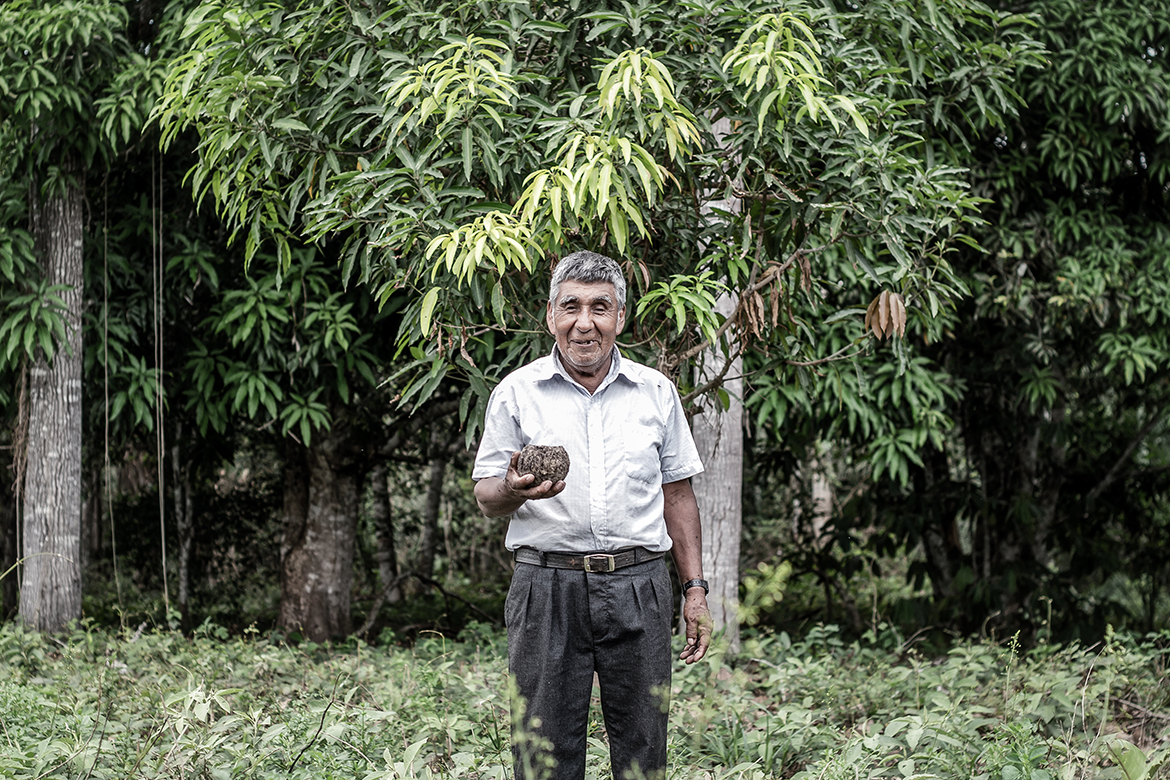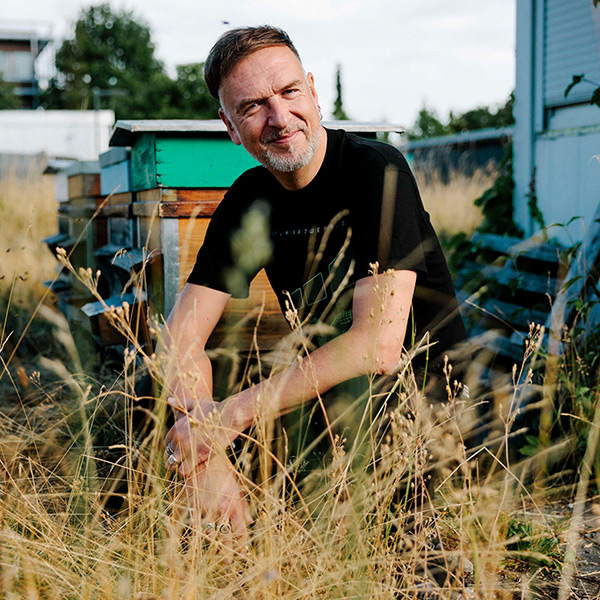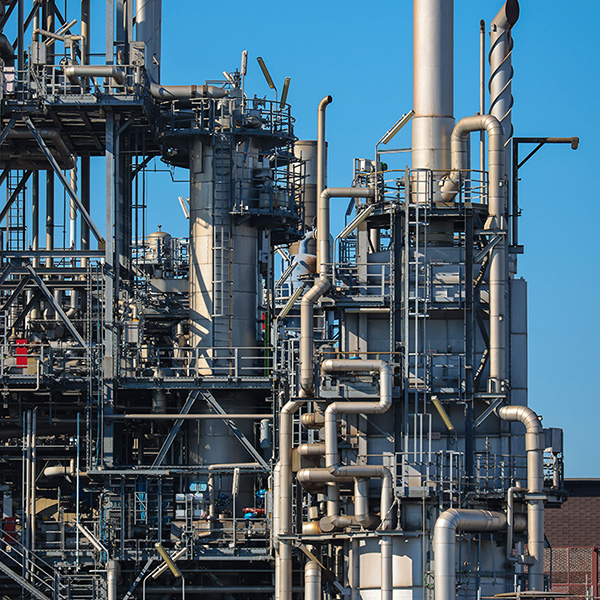SMALL FARMERS
Brazil nuts to the rescue
Brazil nut trees are ideal for restoring rainforests and can also guarantee small farmers a livelihood. Secondary forests are best for this.

The right incentives can provide for a win-win situation for both the Amazon and for small farmers in Peru. | Image: Rens Brouwer
Every year, several thousand square kilometres of rainforest are destroyed in the Amazon. This fosters drought, releases greenhouse gases and threatens biodiversity. When reforesting these devastated landscapes, it’s vital to provide incentives for local small farmers (almost all of whom are men) to ensure that no more clearing is carried out. A team including members of ETH Zurich has been studying the success of reforestation in Peru, using Brazil nut trees. The most successful plantations were in a secondary forest – in other words, a forest that had grown back after clearing.
The research team compared 25 cultivation projects in primary forests, secondary forests, agroforestry systems (which include both trees and fields) and on grazing land. The trees clearly thrived best in the secondary forest. The survival rate of the trees was measured, along with their growth rate and yield. “The young Brazil nut trees probably get more light here than they would in an overgrown primary forest”, says the study leader Merel Jansen. At the same time, she believes that the soil dries out less here than on grazing land or agroforestry sites.
What’s also important is to look after the trees, which is time-consuming. If they are not protected, they will soon become overgrown. “So it’s no use reforesting huge areas, if the farmers there lack the wherewithal to nurture the young trees”. Another sticking point is the late yield. It takes ten years or more before the first Brazil nuts can be harvested. It would help if smallholders could get funding to help them through this lean period.




